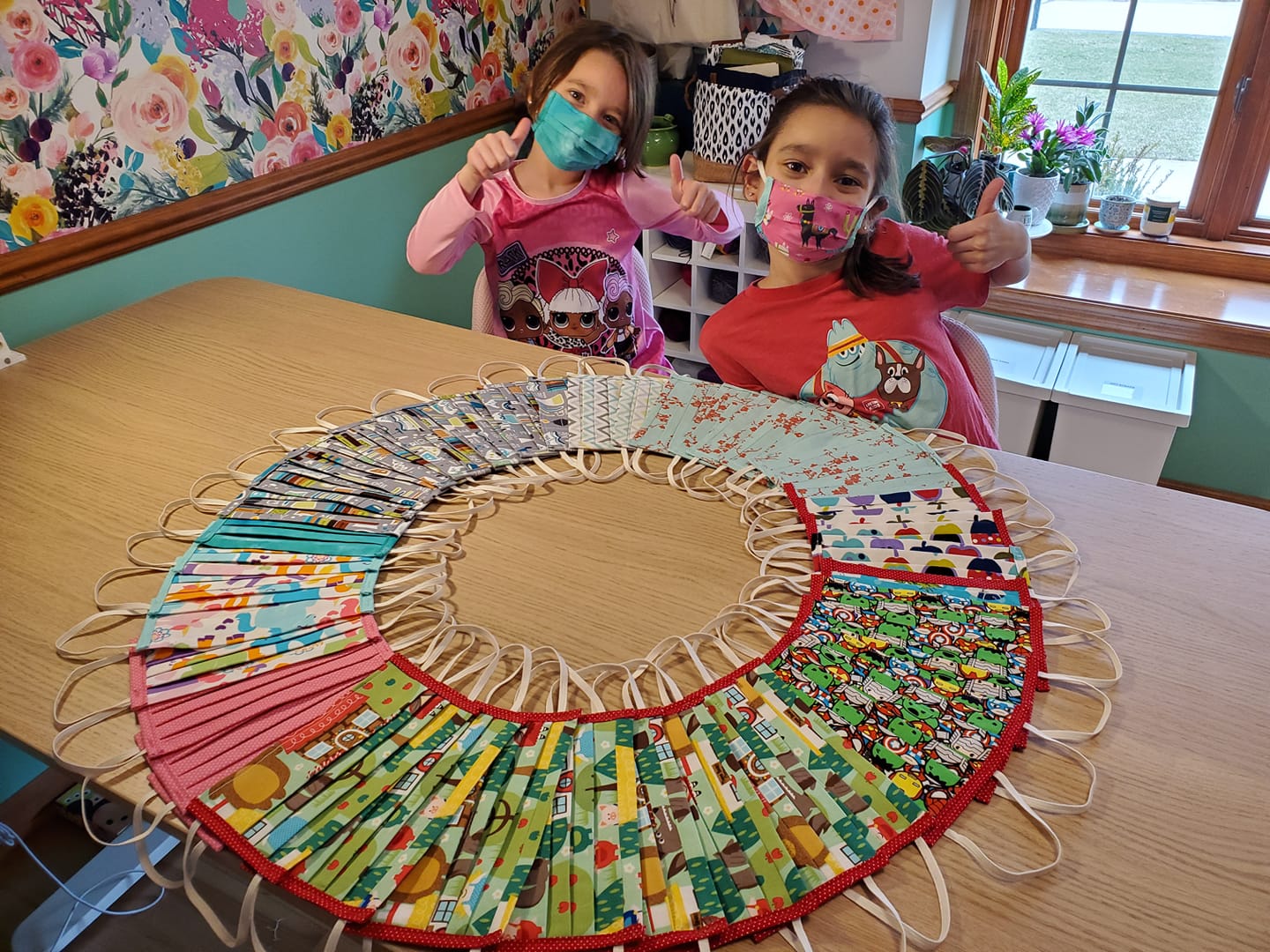April 5, 2020
The best way to find yourself is to lose yourself in the service of others. – Mahatma Gandhi
A friend recently asked us for ideas of how to make Easter special for her older boys. Younger children are delighted with egg hunts and baskets filled with treats, but with shops closed and experiences canceled, and families separated from loved ones, it can be hard to imagine how to celebrate a spring festival in a way that is special for older children and teens.
It’s helpful to think about the meaning and intent behind a festival. Easter, on April 12th, is a Christian celebration of the resurrection, life overcoming death. The Jewish feast of Passover begins the evening of Wednesday, April 8 and ends the evening of Thursday, April 16, and celebrates the Hebrew people’s triumph over bondage and slavery.
Bright neon powder covers revelers in northern India during the annual Hindu celebration called Holi, held in March. Known as the festival of colors, this ancient tradition marks the end of winter and honors the triumph of light over darkness.
The common thread connecting these Spring festivals? Good prevails over evil.
What a powerful message at any time, but especially now, for our older children and teens. These themes invite us to serve our fellow human beings, and to ask ourselves, “Who are our neighbors?” Busy modern life often doesn’t give us a lot of time to get to know our neighbors, much less check in on them. The Spring festivals invite us to serve our fellow human beings — to check in on our neighbors and friends, and find ways, big and small, to give back to others. Bake some hot cross buns and leave them on a neighbor’s porch, offer to grocery shop, check in with elderly friends or family members, sew masks for people who need them, help a neighbor with spring yard cleanup—helping others gives our kids (and ourselves) a sense of agency in an out-of-control world.

It’s important to keep in mind our children’s stages of development when we explain why we are choosing to serve others in a particular way. For example, if we’ve chosen to make masks for healthcare providers, children younger than teens don’t need to hear about the perils of being a healthcare practitioner in a COVID-19 pandemic. We can simply say, “We are making masks for the people who work at the nursing home to show our gratitude and help them stay safe and healthy.” Keep your message simple and positive, filled with hope and light.
This is an historic time, when the whole world stopped what it was doing. What a fitting time to celebrate the triumph of the light, reach out to help others, and strengthen our relationships. What a wonderful opportunity to model service for our children. Acts of service as a family help to plant seeds that will grow and flourish in ways we can scarcely begin to imagine.
Be well,

Mary O’Connell, Your Living Arts Weekly blog editor
